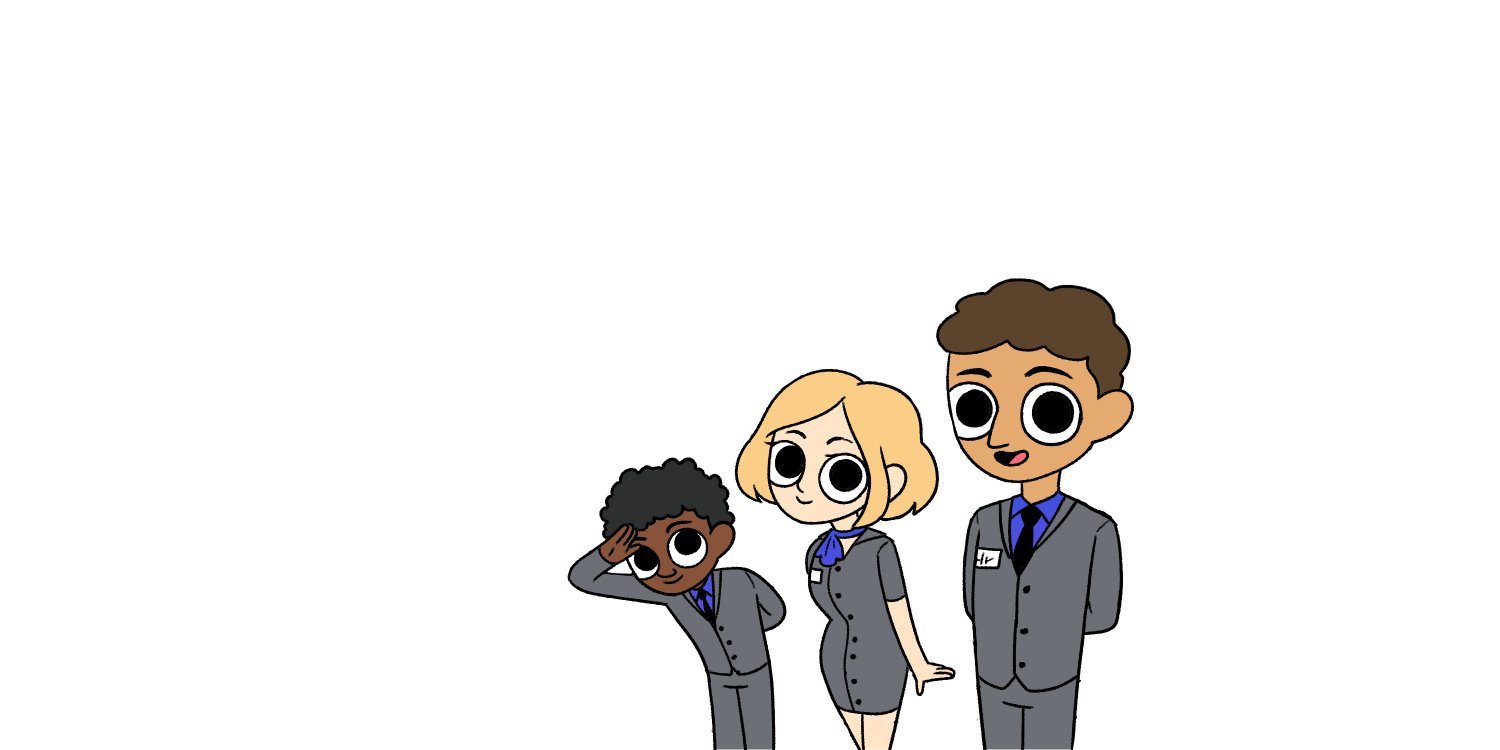





HOW NOT TO SCREW IT UP:




WELCOME
ABOARD!
ABOARD!




Finding the right person for your team is undeniably difficult, but retaining that person and identify problems before the employee even know about them are even much more challenging.
This science of adaptation is called the onboarding process.
The task becomes more difficult if you don't have a HR team. The HR is like a flight attendant that accompanies each team member like passengers on an airplane throughout the entire flight.
So, we've invited two HR directors for a chat.
They are Margarita Suvorova, HR Business Partner at Contek-soft and Svetlana Khomko, HR director at AppFollow. We discussed the most pressing issues about employee onboarding, so Margarita and Svetlana shared with us their best practices and best soft to make onboarding process as smooth as possible.
This science of adaptation is called the onboarding process.
The task becomes more difficult if you don't have a HR team. The HR is like a flight attendant that accompanies each team member like passengers on an airplane throughout the entire flight.
So, we've invited two HR directors for a chat.
They are Margarita Suvorova, HR Business Partner at Contek-soft and Svetlana Khomko, HR director at AppFollow. We discussed the most pressing issues about employee onboarding, so Margarita and Svetlana shared with us their best practices and best soft to make onboarding process as smooth as possible.




Don't have time to read it right now? Let us send you a PDF copy so you can read this material when it's convenient for you.
It takes 5 seconds, just let us know where to send it.
It takes 5 seconds, just let us know where to send it.
...that you've been looking for the right person to fill a vacant position at your company.
You spend a lot of effort, time, and money.
You hold countless interviews.
And BOOM!
You've found the right candidate. The puzzle is complete!
You spend a lot of effort, time, and money.
You hold countless interviews.
And BOOM!
You've found the right candidate. The puzzle is complete!
How did you miss that your employee feels uncomfortable?
Or it's too difficult for your newbie to adapt to your team?
Then maybe the problem is with the team, not the newbie?
Or maybe he or she just can't handle this position
and understood that before you?
Or it's too difficult for your newbie to adapt to your team?
Then maybe the problem is with the team, not the newbie?
Or maybe he or she just can't handle this position
and understood that before you?
But after some months, that employee comes up and tells you he's leaving for some reason. You're left with the open vacancy again.



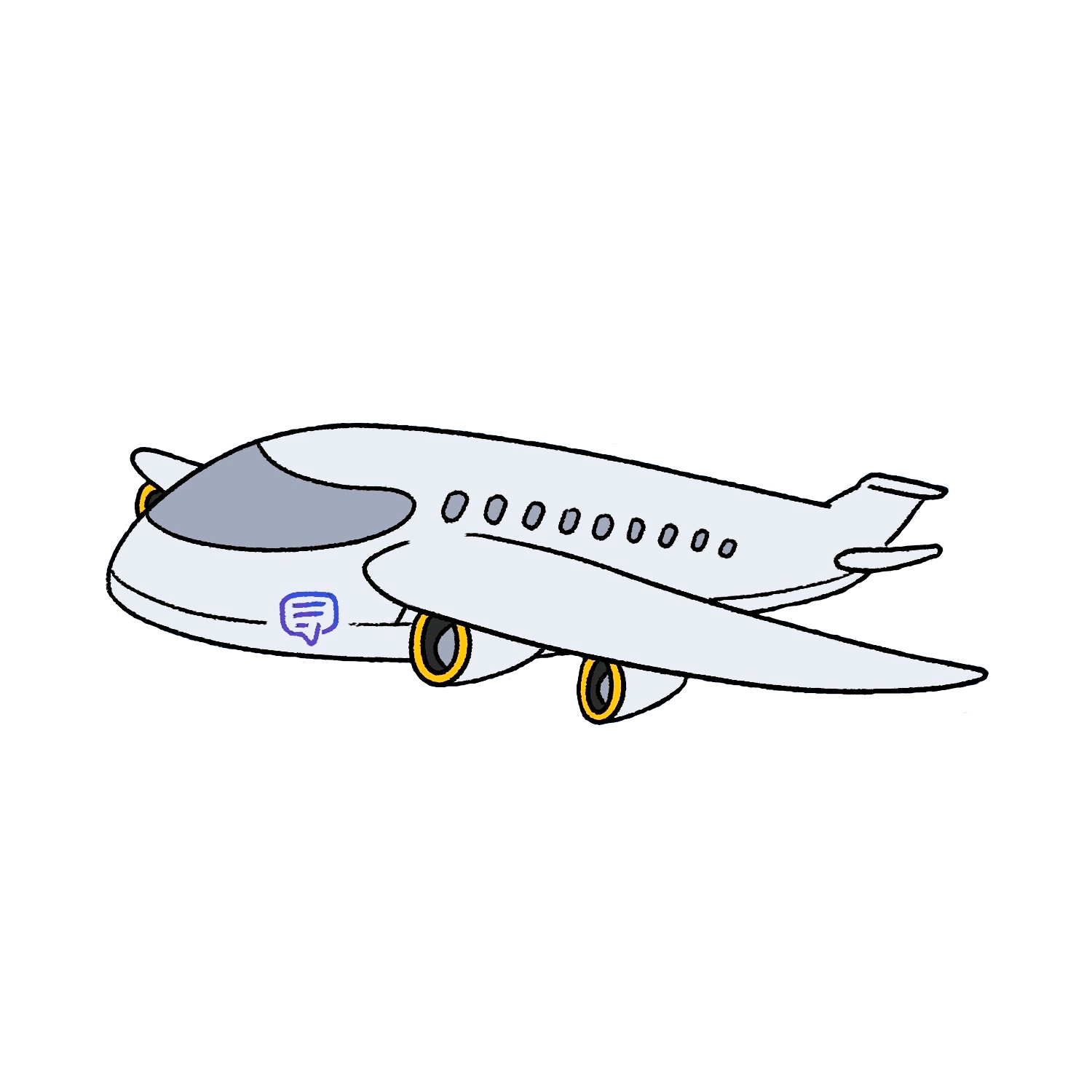





What is onboarding process?
Why does employee onboarding process matter?
How to implement an onboarding plan?
Introversion in employee onboarding. Problem or not?
Offline → Online
Professional onboarding
How to onboard remote employee?
Meeting structure during onboarding
Software for employee onboarding
Best practices in employee onboarding







Basic of employee onboarding process


I think that adaptation begins even before the person had integrated into the company. It all starts at the moment when an employee accepts the job offer because that's when preparations for the first day at work begin. The person is registered in the system, got a corporate email address, login details, submitted a particular list of documents, etc.

HR director at AppFollow
First, we need to separate two closely related concepts: onboarding and probation period.
Probation period is the period during which the employer and the employee decide whether both will be able to cooperate or not.
Onboarding period is the period during which the employee is required to reach a level of performance expected by the employer.
Probation period is the period during which the employer and the employee decide whether both will be able to cooperate or not.
Onboarding period is the period during which the employee is required to reach a level of performance expected by the employer.



HR Business Partner at Contek-soft
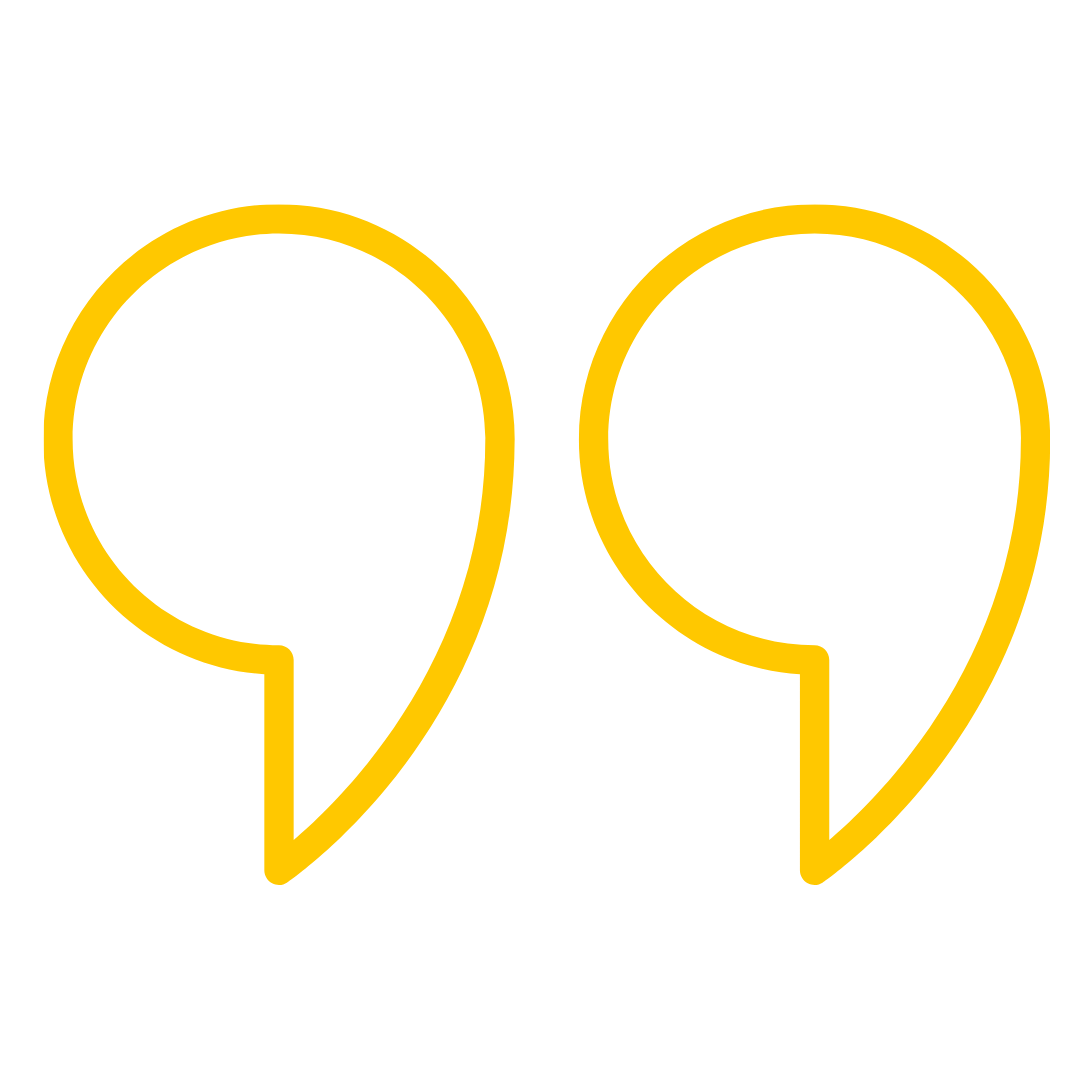
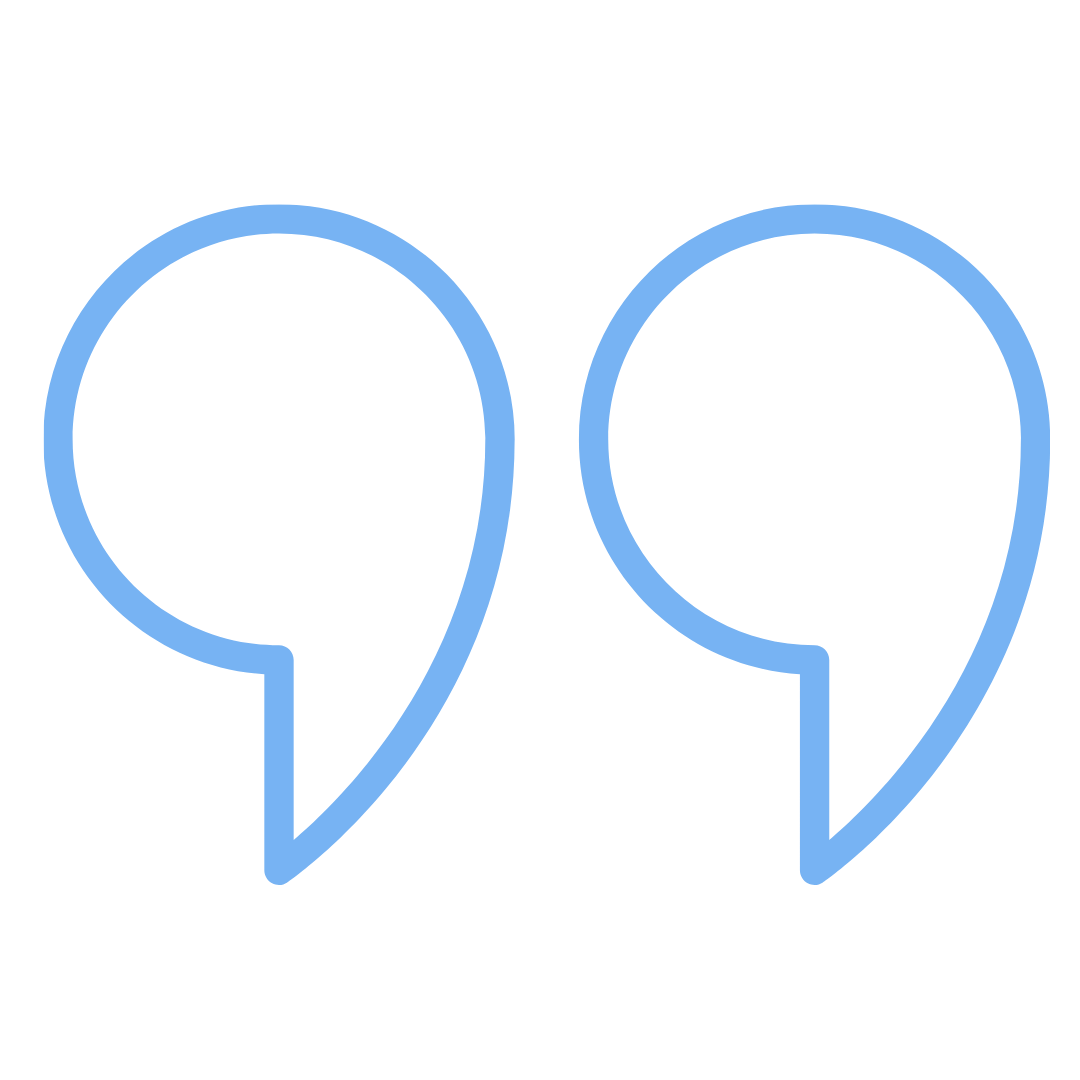
For example, if you have a team of developers and they perform at a certain level, the onboarding period here is the time it takes a new employee to get to that level.
It should be noted that you may like a person very much, but if the person isn't performing at a particular level with the rest of the team, then that person won't be able to solve problems of the same complexity with the same speed as the other team members.
It should be noted that you may like a person very much, but if the person isn't performing at a particular level with the rest of the team, then that person won't be able to solve problems of the same complexity with the same speed as the other team members.
I can't say that onboarding ends when the probation period ends. It's very hard to differentiate here; I would say that onboarding ends when the hired employee has reached full productivity.
This means that the person now knows the company's business, product and services, and his productivity has reached 100%, so he's no longer faltering due to lack of knowledge of some processes. It's difficult to name a specific onboarding timeframe, since it all depends on the individual.
For remote work, onboarding lasts for about one and a half to two months. In the third month of the probation period, I notice that all the guys are working at full capacity. From my previous experience, offline companies had about the same timeframe.
I've worked in large companies, where the onboarding process is more massive and complex than in remote teams. We understand that this process in remote teams is more complicated due to lack of communication, so we had to carefully think everything through.
This means that the person now knows the company's business, product and services, and his productivity has reached 100%, so he's no longer faltering due to lack of knowledge of some processes. It's difficult to name a specific onboarding timeframe, since it all depends on the individual.
For remote work, onboarding lasts for about one and a half to two months. In the third month of the probation period, I notice that all the guys are working at full capacity. From my previous experience, offline companies had about the same timeframe.
I've worked in large companies, where the onboarding process is more massive and complex than in remote teams. We understand that this process in remote teams is more complicated due to lack of communication, so we had to carefully think everything through.






This part includes mentoring. We professionally immerse the employee into tasks. Yes, every person has his or her own unique background and experience, but a company has its own specifics by which it efficiently leverages the knowledge of a new employee.

HR director at AppFollow
It's about the company. About how to interact with people in the company and about the rules guiding their activities at the company.



HR Business Partner at Contek-soft


When we hire someone, we need to show the new person what we are doing, how we are doing it with various tools.
If you've hired a new coder, tell the person about your company's basic rules and laws.
He or she needs to know what programming language you work with, what task tracker you use, how to mark tasks, which team chats are in slack, etc.
Once the onboarding period is over, the person should be able to perform any standard task without help.
Company rules: What are your core values? When are the holidays? What are the traditions? What are the processes at the company level?
If you've hired a new coder, tell the person about your company's basic rules and laws.
He or she needs to know what programming language you work with, what task tracker you use, how to mark tasks, which team chats are in slack, etc.
Once the onboarding period is over, the person should be able to perform any standard task without help.
Company rules: What are your core values? When are the holidays? What are the traditions? What are the processes at the company level?
Mentoring and training are very important here. This includes training on a product, its' specifics, and technological component. It's also crucial that the employee understands not only the goals that he is expected to meet within the framework of KPI ("you need to do X of this and that within this particular timeframe").
He/she should also know what the goals would achieve.
In terms of communicating the value of the tasks of each department, how it affects business, and how much money it would ultimately bring to the company.
This is also a very important component of professional onboarding, because if you immerse a person in both the product and the technologies that are used, but he/she doesn't understand what for all this, then his motivation would most likely disappear at some point. Employees who don't see this value usually start to quit.
He/she should also know what the goals would achieve.
In terms of communicating the value of the tasks of each department, how it affects business, and how much money it would ultimately bring to the company.
This is also a very important component of professional onboarding, because if you immerse a person in both the product and the technologies that are used, but he/she doesn't understand what for all this, then his motivation would most likely disappear at some point. Employees who don't see this value usually start to quit.


Employee should understands not only the goals that he is expected to meet within the framework of KPI but alsobwhat the goals he/she would achieve.








The employee should understand what documents he or she needs to submit and how the documents will be handled. As a foreign corporate entity, we also need to know all the details of how the employee's taxes will be calculated and paid. Moreover, since we employ foreign nationals, we need to understand how taxation is done so that we could explain all this to the person.

HR director at AppFollow
This part is all about formalities.



HR Business Partner at Contek-soft


It includes documentation and medical examination. In this part, equipment, systems and access are prepared for the new employee. For example, keys and access cards might be prepared, userID and passwords created, equipment issued, and the workplace equipped;
The operating system is very important here. Those organizational issues like registration of employees, familiarization with the basic processes (through the HR portal/platform, handbooks, etc.) are essential. These things can be configured just once and well, and do not return to them again.
Usually in companies with poorly configured operating system, it takes a lot of time to explain basic things to newcomers like:
What should he/she do if he/she gets sick?
How does he/she get a refund for travel expenses?
Who should he/she run to on any issue?
where can he/she find the appropriate organizational structure?
When this system is built well, both the HR and the new employee have much less time and effort spent on basic things and adapting to them, and you can spend more time on onboarding, product, and introduction to the position directly.
I've always been amazed at companies that can't set up this process. I agree it's pure bureaucracy, but you only need to set it up once, so that everything could thereafter work well. You don't need to be creative here.
Usually in companies with poorly configured operating system, it takes a lot of time to explain basic things to newcomers like:
What should he/she do if he/she gets sick?
How does he/she get a refund for travel expenses?
Who should he/she run to on any issue?
where can he/she find the appropriate organizational structure?
When this system is built well, both the HR and the new employee have much less time and effort spent on basic things and adapting to them, and you can spend more time on onboarding, product, and introduction to the position directly.
I've always been amazed at companies that can't set up this process. I agree it's pure bureaucracy, but you only need to set it up once, so that everything could thereafter work well. You don't need to be creative here.






This is a culture that the person needs to get used to. The person should understand that he will be assessed in one way or the other at the early period. There's a lot of stress involved in this.
A new employee might not be ready to give feedback or question certain decisions and processes, although his suggestions could be very valuable. This is because the employee is still under stress and there is a need to quickly build trust in the team, show some transparency, and request regular feedback from him.
A new employee might not be ready to give feedback or question certain decisions and processes, although his suggestions could be very valuable. This is because the employee is still under stress and there is a need to quickly build trust in the team, show some transparency, and request regular feedback from him.

HR director at AppFollow
This is all about the person.
We have various software programs used, for instance, to randomly pair employees so that they could get to know each other better.
We have various software programs used, for instance, to randomly pair employees so that they could get to know each other better.



HR Business Partner at Contek-soft


The simple reason for that is to enable a person to assess whether newbie is comfortable or not in a team.
Here it's not about how it could affect business performance; I'm trying to emphasize that this helps a person to better integrate psychologically into the team.
Of course, each company has its own adaptations since they are directly connected to the company's core values.
For example, if all the core values in your company are aimed at achieving your goals, then all the company's activities would be aimed at teaching the person on how to achieve the goals.
Here it's not about how it could affect business performance; I'm trying to emphasize that this helps a person to better integrate psychologically into the team.
Of course, each company has its own adaptations since they are directly connected to the company's core values.
For example, if all the core values in your company are aimed at achieving your goals, then all the company's activities would be aimed at teaching the person on how to achieve the goals.
We now regularly ask for feedback and conduct one-on-ones. At first, the new person gets tense for the first couple of weeks, he might not understand why you need to call so often.
But new employee gradually gets accustomed to how things are done here. He or she starts to confidently talk about problems, share his experiences at his past place of work, and offer solutions based on the previous knowledge.
By the second month newbie becomes quite open. You would notice that he's ready to offer feedback by himself, he now has some trust in the team. The new employee is psychologically integrated at the communication level.
There is no standard solution to this problem. You need an individual approach for each person. That's why the team needs to show its openness.
Standuply's idea about welcoming a new member with onboarding video is an excellent one, I really like it.
But new employee gradually gets accustomed to how things are done here. He or she starts to confidently talk about problems, share his experiences at his past place of work, and offer solutions based on the previous knowledge.
By the second month newbie becomes quite open. You would notice that he's ready to offer feedback by himself, he now has some trust in the team. The new employee is psychologically integrated at the communication level.
There is no standard solution to this problem. You need an individual approach for each person. That's why the team needs to show its openness.
Standuply's idea about welcoming a new member with onboarding video is an excellent one, I really like it.


Feedback is extremely important. At first, you have to devote a lot of time to the new staff so that he could be as open as possible and see that you are also as open as possible with him; you need to build this trust so that he could feel safe remaining at the company. Even if the employee still discovers that the job isn't for him, one-on-ones would enable us to know that before he realizes it.
With Standuply you can send welcome voice and video messages in Slack! You need just send /video command, record a voice or video in your browser and send it to your chat.



HR director at AppFollow








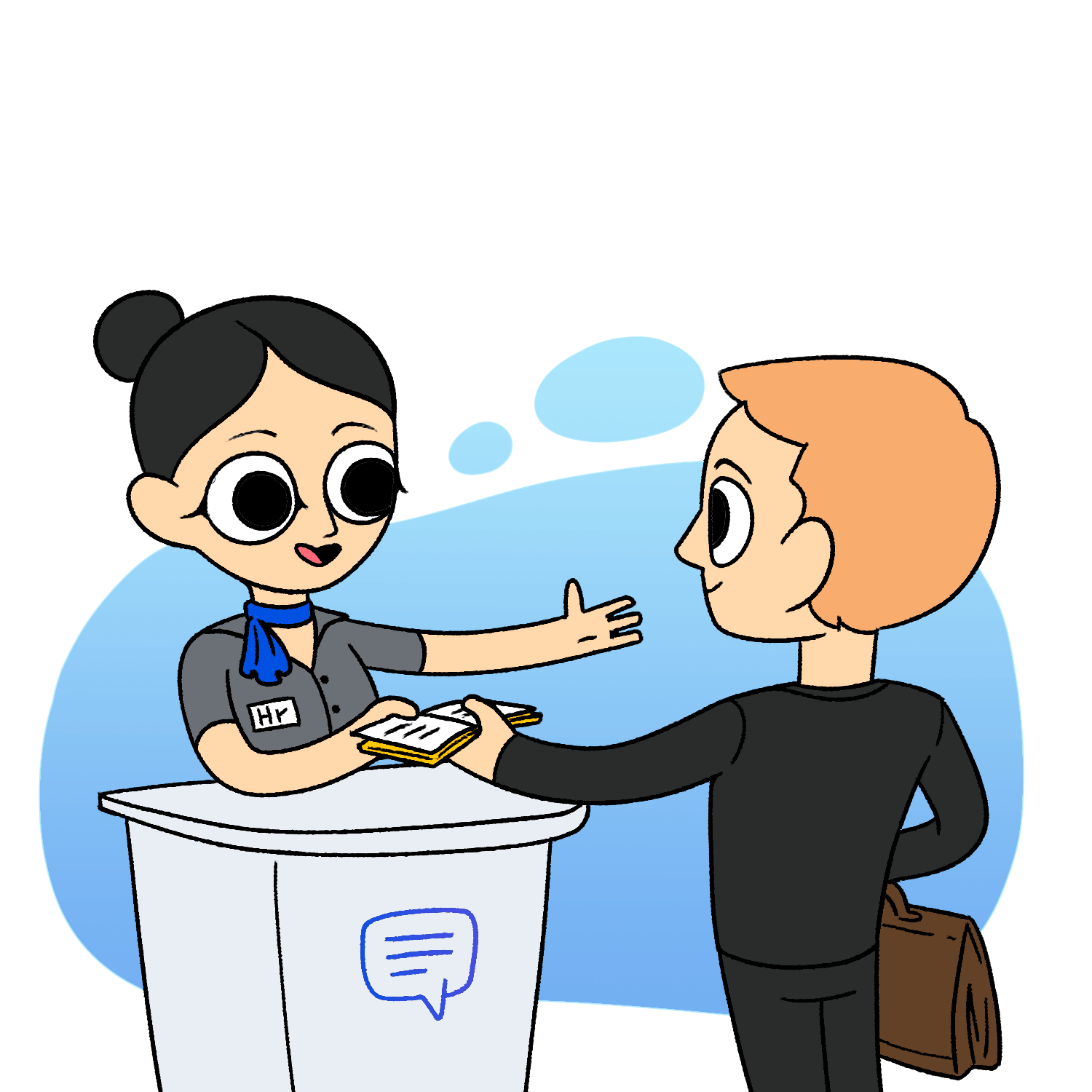





The importance of employee onboarding process


If you have no emplyee onboarding process or yours is poorly built, it would cost you dearly. You will waste time and money if your new recruits keep on leaving at the onboarding phase.
With an improperly built onboarding process, a new employee might risk not becoming a full member of the team or the A-player that each of us wants to become.
It doesn't even matter if it's a big or a small company. Duration of the onboarding process could be the only difference. In a large enterprise, it could take up to a year to fully integrate new employees into the company, introduce them to your environment and culture, acquaint them with your products or services, expectations, skills, and knowledge.
A person may become 100% productive but still doesn't understand everything about the company because the entire process has not yet been completed. In a small company, this is easier and faster to do. Probably here lies the main difference.
But in both cases, the need for onboarding has the same motivation: the more the person understands why he is at that company, why he was hired, and whether he's achieving the company's goals or not, the better for everyone. If he still gets the right feedback for further growth and motivation, then it's a win for everyone.
It doesn't even matter if it's a big or a small company. Duration of the onboarding process could be the only difference. In a large enterprise, it could take up to a year to fully integrate new employees into the company, introduce them to your environment and culture, acquaint them with your products or services, expectations, skills, and knowledge.
A person may become 100% productive but still doesn't understand everything about the company because the entire process has not yet been completed. In a small company, this is easier and faster to do. Probably here lies the main difference.
But in both cases, the need for onboarding has the same motivation: the more the person understands why he is at that company, why he was hired, and whether he's achieving the company's goals or not, the better for everyone. If he still gets the right feedback for further growth and motivation, then it's a win for everyone.

HR director at AppFollow
With an improperly built onboarding process, a new employee might risk not becoming a full member of the team or the A-player that each of us wants to become.



HR Business Partner at Contek-soft


It doesn't even matter if it's a big or a small company. Duration of the employee onboarding process could be the only difference.
In a large enterprise, it could take up to a year to fully integrate new employees into the company, introduce them to your environment and culture, acquaint them with your products or services, expectations, skills, and knowledge.
A person may become 100% productive but still doesn't understand everything about the company because the entire process has not yet been completed. In a small company, this is easier and faster to do. Probably here lies the main difference.
But in both cases, the need for onboarding has the same motivation: the more the person understands why he is at that company, why he was hired, and whether he's achieving the company's goals or not, the better for everyone. If he still gets the right feedback for further growth and motivation, then it's a win for everyone.
In a large enterprise, it could take up to a year to fully integrate new employees into the company, introduce them to your environment and culture, acquaint them with your products or services, expectations, skills, and knowledge.
A person may become 100% productive but still doesn't understand everything about the company because the entire process has not yet been completed. In a small company, this is easier and faster to do. Probably here lies the main difference.
But in both cases, the need for onboarding has the same motivation: the more the person understands why he is at that company, why he was hired, and whether he's achieving the company's goals or not, the better for everyone. If he still gets the right feedback for further growth and motivation, then it's a win for everyone.
There is a special metric called cost per hire. It shows how much money we've spent trying to recruit and understand a person. You spend money on recruiting someone and on registering him in the company, you also spend the time of his colleagues on employee onboarding and mentoring. This all make up what we call cost per hire.
If the person doesn't onboard effectively, he falls off at some point. It could be our fault if he wasn't properly onboarded; it could also be his fault if he didn't take the information he received seriously. For example, he might not be onboarded effectively if he doesn't attend product training. Again, though, this could also be our fault since this process needs to be controlled.
This means that we need to restart the search process, cost per hire and time per hire would increase, which means higher expenses.
If the person doesn't onboard effectively, he falls off at some point. It could be our fault if he wasn't properly onboarded; it could also be his fault if he didn't take the information he received seriously. For example, he might not be onboarded effectively if he doesn't attend product training. Again, though, this could also be our fault since this process needs to be controlled.
This means that we need to restart the search process, cost per hire and time per hire would increase, which means higher expenses.


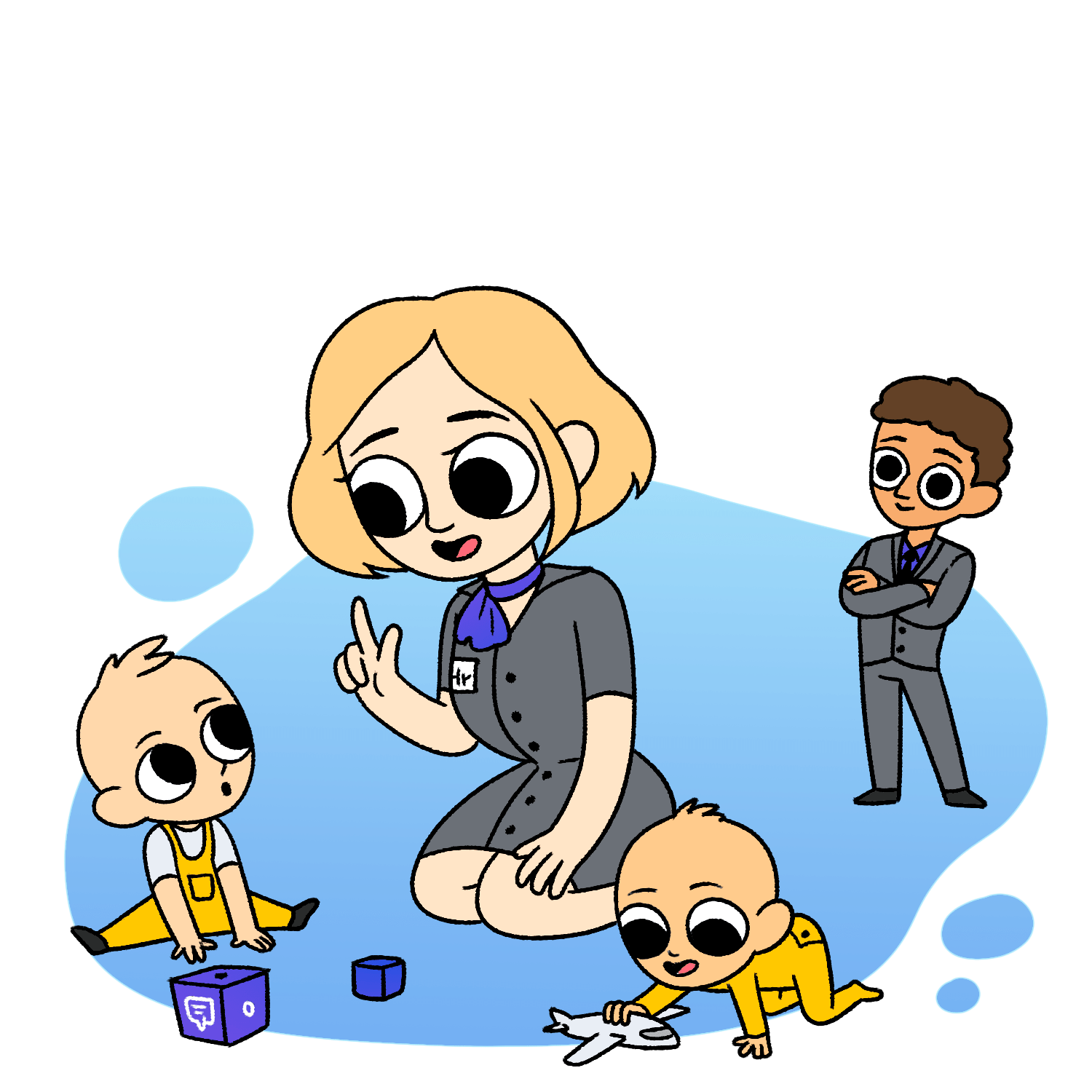





What's the catch of successful onboarding?


Readiness to be a mentor

HR director at AppFollow
Incompetent mentor.
It could be that incompetent people are the ones at the helm of the employee onboarding program. Sometimes, the task is even assigned to the HR department.
It could be that incompetent people are the ones at the helm of the employee onboarding program. Sometimes, the task is even assigned to the HR department.



HR Business Partner at Contek-soft


Such people may simply lack the knowledge and skills of how to organize the process. Understanding the process from an HR perspective, they may not understand how to make the process work and how to properly manage it.
The mentors and managers could be incompetent and not know what information to give.
There was a time when I joined a company, I had to build everything from scratch. When I arrived, the company's employee onboarding plan was all about giving the new person an empty laptop on the first day of work and wished "good luck". Nobody tells him what to do and when.
If you don't enable the person to ask questions by not assigning him a mentor, if you don't have a documented code or described processes, you shouldn't expect him to be quickly and properly integrated.
Many still misunderstand the word "resources". They forget that human beings are also part of resources .
In the process of adaptation in a company, there's often this effect called "the secret of Polichinelle" – a supposed secret known to everyone. This situation occurs all the time.
For example, the core values: many feel they know all the processes in a company, so they believe there is no need to explain everything to them. However, a new employee is forced to understand everything by himself in the hard way when this could be avoided.
The mentors and managers could be incompetent and not know what information to give.
There was a time when I joined a company, I had to build everything from scratch. When I arrived, the company's employee onboarding plan was all about giving the new person an empty laptop on the first day of work and wished "good luck". Nobody tells him what to do and when.
If you don't enable the person to ask questions by not assigning him a mentor, if you don't have a documented code or described processes, you shouldn't expect him to be quickly and properly integrated.
Many still misunderstand the word "resources". They forget that human beings are also part of resources .
In the process of adaptation in a company, there's often this effect called "the secret of Polichinelle" – a supposed secret known to everyone. This situation occurs all the time.
For example, the core values: many feel they know all the processes in a company, so they believe there is no need to explain everything to them. However, a new employee is forced to understand everything by himself in the hard way when this could be avoided.
There are teams that have good, seasoned mentors who know their job, who can be slightly corrected somewhere, and everything would be fine. There are teams where the guys are more or less introverts. It's more difficult to mentor such people. Perhaps some of them did not have the experience, the appropriate background.
The onboarding process here is more complicated, sometimes you have to spend more time with your manager, for example the CTO. This is to onboard the person and, at the same time, show others how to mentor a new employee. I think we have a small problem with this. Not in all departments, but there is this issue of knowing whether an employee is ready to be a mentor.
The onboarding process here is more complicated, sometimes you have to spend more time with your manager, for example the CTO. This is to onboard the person and, at the same time, show others how to mentor a new employee. I think we have a small problem with this. Not in all departments, but there is this issue of knowing whether an employee is ready to be a mentor.


Let your employees ask questions and get the necessary information or don't expect them quickly and properly integrated.






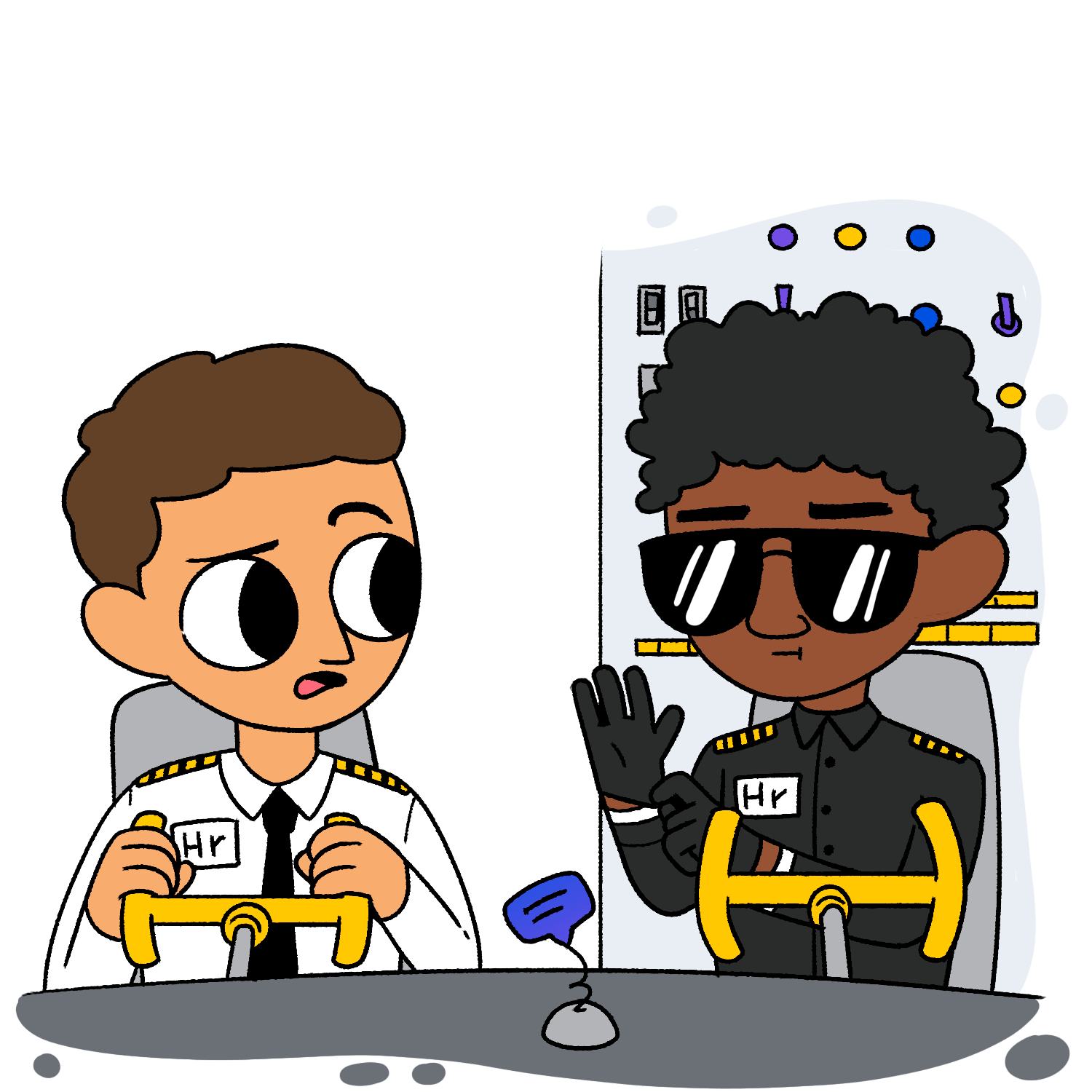





How to deal with introverts during onboarding process?


Now we have practically overcome this, we've raised mentors inside thecompany, have shown by example, Pavel (our CTO) has held certain sharing sessions on how to mentor correctly.

HR director at AppFollow

If we understand that we have a top developer and he's an introvert to the core, we'll not make him a mentor because he would not be able to effectively onboard a new employee.
We'll assign another mentor, and whenever that introvert's help is needed, we will involve him in specific cases.
A 100% introvert won't be able to become an effective coach or mentor that would willingly share his knowledge. Instead of making him a mentor, we would arrange specific video calls with him and ask him specific questions.
Meanwhile, another person would be assigned to mentor a new employee during the probation period. Otherwise, I think it won't work.
We would end up irritating a valuable employee. So why would you force someone to do something he's not ready for by virtue of his nature and psychology?
Companies often try to send an introvert to a conference and later scold him for not performing well there.
We'll assign another mentor, and whenever that introvert's help is needed, we will involve him in specific cases.
A 100% introvert won't be able to become an effective coach or mentor that would willingly share his knowledge. Instead of making him a mentor, we would arrange specific video calls with him and ask him specific questions.
Meanwhile, another person would be assigned to mentor a new employee during the probation period. Otherwise, I think it won't work.
We would end up irritating a valuable employee. So why would you force someone to do something he's not ready for by virtue of his nature and psychology?
Companies often try to send an introvert to a conference and later scold him for not performing well there.

A 100% introvert won't be able to become an effective coach or mentor that would willingly share his knowledge. He will be uncomfortable at least.












In this case, the employee is required to absorb information like a sponge, rather than the mentor himself saying something. The first challenge arises when the person is asking too many questions.

HR director at AppFollow

The more questions a new employee asks, the better, because that shows he's integrating faster – something you don't usually get from an introvert. That's why we've introduced a rule to make regular one-on-ones. If the person doesn't initiate contact first, we engage him on a conversation and measure what's wrong based on our checklist of questions; we observe his communication on channels (we discuss what the problem is and how to avoid it and what could be done).
Here we build a process where we ourselves initiate one-on-ones in order to measure this employee's mood and understand where there are problems. But still, 80% of new recruits are quite active themselves. They understand that they would need to initiate this communication. But for the remaining 20%, it's so difficult to make them initiate regular one-on-ones.
Here we build a process where we ourselves initiate one-on-ones in order to measure this employee's mood and understand where there are problems. But still, 80% of new recruits are quite active themselves. They understand that they would need to initiate this communication. But for the remaining 20%, it's so difficult to make them initiate regular one-on-ones.

In the case of AppFollow, I notice that immersion is difficult for beginners, especially if they didn't have experience in full-time remote work.
We have a certain set of rules on how we communicate. We have a crazy number of communication channels, and at first, it's very difficult for a beginner to identify which channel to use and to get used to our communication rules.
For remote work, it could be difficult for a person to adapt online. We don't have many calls, but there is a lot of Slack communication, there are many channels.
In the first couple of months, a new employee still finds it hard to focus on tasks. He would try to read every message in the communication channels just to make sure he isn't missing anything. So, his focus gets a little bit divided between the Slack workspace and actual tasks to perform.
We have a certain set of rules on how we communicate. We have a crazy number of communication channels, and at first, it's very difficult for a beginner to identify which channel to use and to get used to our communication rules.
For remote work, it could be difficult for a person to adapt online. We don't have many calls, but there is a lot of Slack communication, there are many channels.
In the first couple of months, a new employee still finds it hard to focus on tasks. He would try to read every message in the communication channels just to make sure he isn't missing anything. So, his focus gets a little bit divided between the Slack workspace and actual tasks to perform.

It's very difficult for a newbie to identify which channel from hundreds of them to use, what for and how to get used to our communication rules.




We try to prepare a new employee for work. It's only after 2 weeks that we then add him to all channels, while he's still onboarding in his personal channel with his mentor. By so doing, we've managed to delay this "overwhelming" effect from the so many online communications and channels in the slack.
Now this process is running a little better.The person is no longer overwhelmed from the first day. But going from office to online, getting used to this amount of online communications still remain a problem.
Now all our main processes are described in the handbook. We have a video where the founders talked about the company's history.
The handbook contains a basic set of rules describing this. However, reading this information is one thing, implementing it is another thing.
Now this process is running a little better.The person is no longer overwhelmed from the first day. But going from office to online, getting used to this amount of online communications still remain a problem.
Now all our main processes are described in the handbook. We have a video where the founders talked about the company's history.
The handbook contains a basic set of rules describing this. However, reading this information is one thing, implementing it is another thing.





Challenges of switching to remote work


Surveillance would only tell you how much time a person spent in front of a computer.
He can sit for 12 hours and not deliver any value. He can sit for 6 hours and give tremendous results.
He can sit for 12 hours and not deliver any value. He can sit for 6 hours and give tremendous results.

HR director at AppFollow
I wouldn't put it in the "We never worked remotely" category. It's most likely some kind of psychological barrier. This raises some questions, first of all, the question of trust.



HR Business Partner at Contek-soft


"How to we make sure that our employee is really working? Let him submit some reports."
I don't agree with this opinion and I've never loved working in such manner.
You should control not the people but the work to be done.
I don't agree with this opinion and I've never loved working in such manner.
You should control not the people but the work to be done.
This is the task of the manager, who most likely does not know how to properly build a KPI, OKR system.
Every employee should have his own goals, he should share some result. Good or bad, but it's only by it you should evaluate an employee.
I don't understand what the manager's goal is or what he is trying to see if he's tracking the time spent at the computer.
Calculating employee's performance based on the number of hours alone is ineffective. Each department and employee should have their own goals for the quarter, month, and week. Employee performance should be evaluated based on goals achieved.
Every employee should have his own goals, he should share some result. Good or bad, but it's only by it you should evaluate an employee.
I don't understand what the manager's goal is or what he is trying to see if he's tracking the time spent at the computer.
Calculating employee's performance based on the number of hours alone is ineffective. Each department and employee should have their own goals for the quarter, month, and week. Employee performance should be evaluated based on goals achieved.





There is a period of adaptation to online communication and to feedback: I see that people who moved from offline to full online, often don't know whether they're doing everything right since they can't see the manager's emotions; they don't get feedback, and this is a fairly common problem in remote companies.

HR director at AppFollow
You shouldn't monitor whether this person is working or not, you should rather keep track of whether your task is being performed or not.
All assigned tasks should be transparent for all members of your team, for each of them in particular.
All assigned tasks should be transparent for all members of your team, for each of them in particular.



HR Business Partner at Contek-soft


The tasks should be clear, you should have specific meeting schedules.
These should be different types of meetings:
These should be different types of meetings:
- In some meetings, you only discuss work and goals and how to finish a specific task
- In some others, you talk about the team in an informal setting, you chat and share news
- There are meetings where you watch weekly reviews, where you do your planning and so on
So, we had to introduce the culture of holding regular one-on-ones. We also relentlessly encourage our employees to be the first to engage in dialogue if they aren't getting enough feedback.
Remote teams usually have this problem of lack of feedback. People just don't give it enough, thinking that everything is fine. But it happens that the employee gets worked up, communicating in isolation [from everyone] in Slack; he feels he's doing something wrong.
Remote teams usually have this problem of lack of feedback. People just don't give it enough, thinking that everything is fine. But it happens that the employee gets worked up, communicating in isolation [from everyone] in Slack; he feels he's doing something wrong.

Of course, there's always a semi-annual performance review, but waiting for six months before you could get a feedback is ineffective, so that's why you have one-on-ones.
Admittedly, the manager could sometimes forget to hold a one-on-one on time. In this case, the employee might start wondering whether he's working well or not. Today many people have switched to remote work.
In companies where the COVID-19 pandemic has forced office-based employees to switch to remote work, people don't understand how their KPI is assessed, because they used to go to work and everyone saw they were working well, but now no one sees them and it's not clear how their performance will be evaluated.
We don't have this problem because we have quarterly goals. Each department has clear goals, plans, and quarterly KPIs. The indicators are broken down into monthly KPIs, which are used for weekly planning of tasks.
This works quite effectively for us, everyone knows their KPIs for the quarter, everything is broken down into months, everyone understands where we are heading to and how performance is measured. But for those who are now moving from offline to online, this problem becomes an important challenge.
Admittedly, the manager could sometimes forget to hold a one-on-one on time. In this case, the employee might start wondering whether he's working well or not. Today many people have switched to remote work.
In companies where the COVID-19 pandemic has forced office-based employees to switch to remote work, people don't understand how their KPI is assessed, because they used to go to work and everyone saw they were working well, but now no one sees them and it's not clear how their performance will be evaluated.
We don't have this problem because we have quarterly goals. Each department has clear goals, plans, and quarterly KPIs. The indicators are broken down into monthly KPIs, which are used for weekly planning of tasks.
This works quite effectively for us, everyone knows their KPIs for the quarter, everything is broken down into months, everyone understands where we are heading to and how performance is measured. But for those who are now moving from offline to online, this problem becomes an important challenge.
In remote teams people just don't give enough feedback to each other, thinking that everything is fine. But without feedback remote employee feels he or she is doing something wrong.




Those manager who can't manage a work but wants to manage people is not a manager. If you try manage people you can be too carried away with it that you might forget what kind of work you're doing.






End up forgetting about people. The human approach is gradually switched off. You only check how many people have worked and their reports, forgetting that each person needs personal communication. Communication within the team is usually lost in such cases.
There was this company that didn't want to adopt remote work, although it was the best choice for them: they worked for a European audience while located in Russia.
They were working remotely and after a month realized that they weren't communicating with each other at all. The only way they could communicate was in the office, because they sat in the same room, ate in the same kitchen and went for smoke breaks in the same room.
Of course, the HR team had to build such communications from scratch: types of communications were divided into formal/informal, vertical/horizontal, "team-company-person" levels.
It's not difficult if you have an HR team that can deal with this structurally. If the HR team has good relations with the manager, they would help all managers to build it correctly, they would tell you what and where to add, what meetings should be held, and what shouldn't, etc.
There was this company that didn't want to adopt remote work, although it was the best choice for them: they worked for a European audience while located in Russia.
They were working remotely and after a month realized that they weren't communicating with each other at all. The only way they could communicate was in the office, because they sat in the same room, ate in the same kitchen and went for smoke breaks in the same room.
Of course, the HR team had to build such communications from scratch: types of communications were divided into formal/informal, vertical/horizontal, "team-company-person" levels.
It's not difficult if you have an HR team that can deal with this structurally. If the HR team has good relations with the manager, they would help all managers to build it correctly, they would tell you what and where to add, what meetings should be held, and what shouldn't, etc.
Sсhedule your meetings like a pro with Standuply!
Do it only once and Standuply reaches out to selected people in Slack and delivers them a message you set up.
Do it only once and Standuply reaches out to selected people in Slack and delivers them a message you set up.
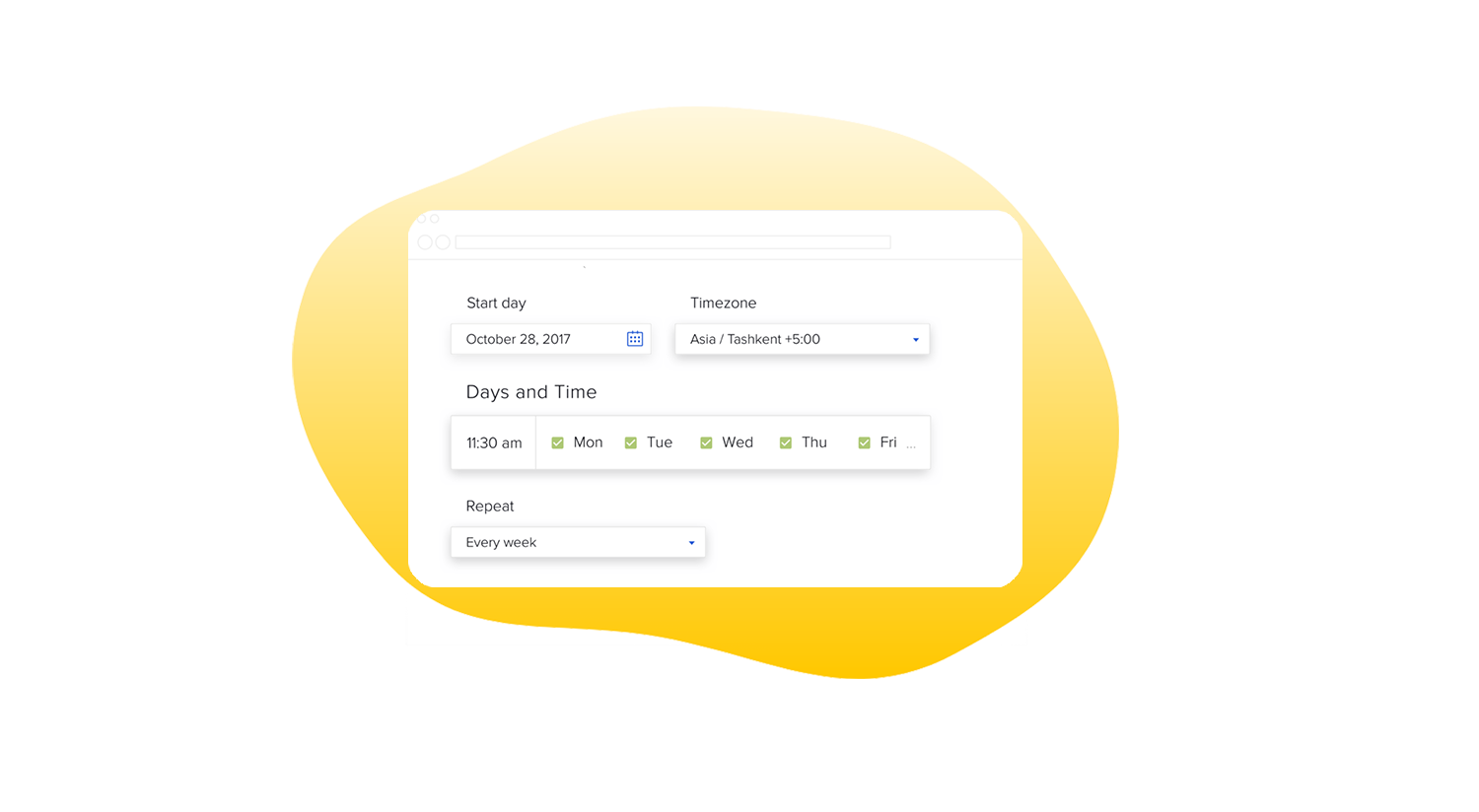










Best practices of professional onboarding
Readiness to be a mentor
There are teams that have good, seasoned mentors who know their job, who can be slightly corrected somewhere, and everything would be fine. There are teams where the guys are more or less introverts. It's more difficult to mentor such people. Perhaps some of them did not have the experience, the appropriate background.
Onboarding here is more complicated, sometimes you have to spend more time with your manager, for example the CTO. This is to onboard the person and, at the same time, show others how to mentor a new employee. I think we have a small problem with this. Not in all departments, but there is this issue of knowing whether an employee is ready to be a mentor.
There are teams that have good, seasoned mentors who know their job, who can be slightly corrected somewhere, and everything would be fine. There are teams where the guys are more or less introverts. It's more difficult to mentor such people. Perhaps some of them did not have the experience, the appropriate background.
Onboarding here is more complicated, sometimes you have to spend more time with your manager, for example the CTO. This is to onboard the person and, at the same time, show others how to mentor a new employee. I think we have a small problem with this. Not in all departments, but there is this issue of knowing whether an employee is ready to be a mentor.
A lot depends on the core values.
If the core values are more horizontal in nature, then the CEO will be able to call new employees every week to meet and greet them personally. But in some companies, the entire onboarding process is all about giving the new recruit a whole lot of boring information to read and assimilate.
If the core values are more horizontal in nature, then the CEO will be able to call new employees every week to meet and greet them personally. But in some companies, the entire onboarding process is all about giving the new recruit a whole lot of boring information to read and assimilate.



HR Business Partner at Contek-soft

The purpose of a setup meeting is to tell the person when his probation period would end, and whether he is compatible with onboarding process. In a setup meeting, the person is told how, by whom and based on what criteria decisions will be made at the end of his probation period. He is told the two types of tasks that are available:
- tasks for the entire period (employee onboarding or probation period);
- tasks for the near future (this usually means tasks for the next month).








I prefer to have a setup meeting not on the first day, but on the second or third, when the newcomer has settled down.
This takes place in different ways depending on the company and the team. For example, the team could spend half a day to install everything on the computer for the new person, and see what systems are available there, etc.
However, it's better to have a setup meeting when the person has already started to understand something.

It's important to show your employee onboarding plan for the entire period. The period depends on your specific type of organization. An employee onboarding plan is generally seen as a plan for the probation period. Usually, it is 90 days.
Your employee onboarding plan can be divided into parts. For example, in a company where I once worked, we divided our onboarding process into three parts – professional, team and company. The company discussed [with the new employees] the part that only relates to professional onboarding.
I prefer to talk to new recruits about everything at once. The idea is to touch all the points here and give them a wide overview.
Your employee onboarding plan can be divided into parts. For example, in a company where I once worked, we divided our onboarding process into three parts – professional, team and company. The company discussed [with the new employees] the part that only relates to professional onboarding.
I prefer to talk to new recruits about everything at once. The idea is to touch all the points here and give them a wide overview.




Developers can have completely different roles in a team and It's important to explain not just your position, but also their roles in the company, with whom they will communicate, and so on.
It's important to discuss this person's role in the team. Developers can have completely different roles in a team. They can internally share certain types of tasks among themselves.
It is necessary to explain not only your position, but also their roles in the company, with whom they will communicate, and so on.
I also love to hold a meeting in about 2 weeks. This meeting is useful even if you don't have to follow all the goals and objectives. The first two weeks are a very important period, so this meeting gives you the chance to get together and see if you need to adjust your scope or not.
During this period, the new employee usually accumulates such experience that he would want to share something, he has already had some difficulties and questions.
At this point, you need to give him time to talk over again whether the task is clear to him, so that he doesn't go out of focus due to too much information. You should give some time so this way you too could once again talk about the meaning of all these tasks.
Accordingly, the first review is done in a month's time, then in two months, and the final decision in three months. The feedback is usually voiced out and discussed, necessarily from both sides, and some decisions are taken. These are compulsory meetings to be held.
It is necessary to explain not only your position, but also their roles in the company, with whom they will communicate, and so on.
I also love to hold a meeting in about 2 weeks. This meeting is useful even if you don't have to follow all the goals and objectives. The first two weeks are a very important period, so this meeting gives you the chance to get together and see if you need to adjust your scope or not.
During this period, the new employee usually accumulates such experience that he would want to share something, he has already had some difficulties and questions.
At this point, you need to give him time to talk over again whether the task is clear to him, so that he doesn't go out of focus due to too much information. You should give some time so this way you too could once again talk about the meaning of all these tasks.
Accordingly, the first review is done in a month's time, then in two months, and the final decision in three months. The feedback is usually voiced out and discussed, necessarily from both sides, and some decisions are taken. These are compulsory meetings to be held.

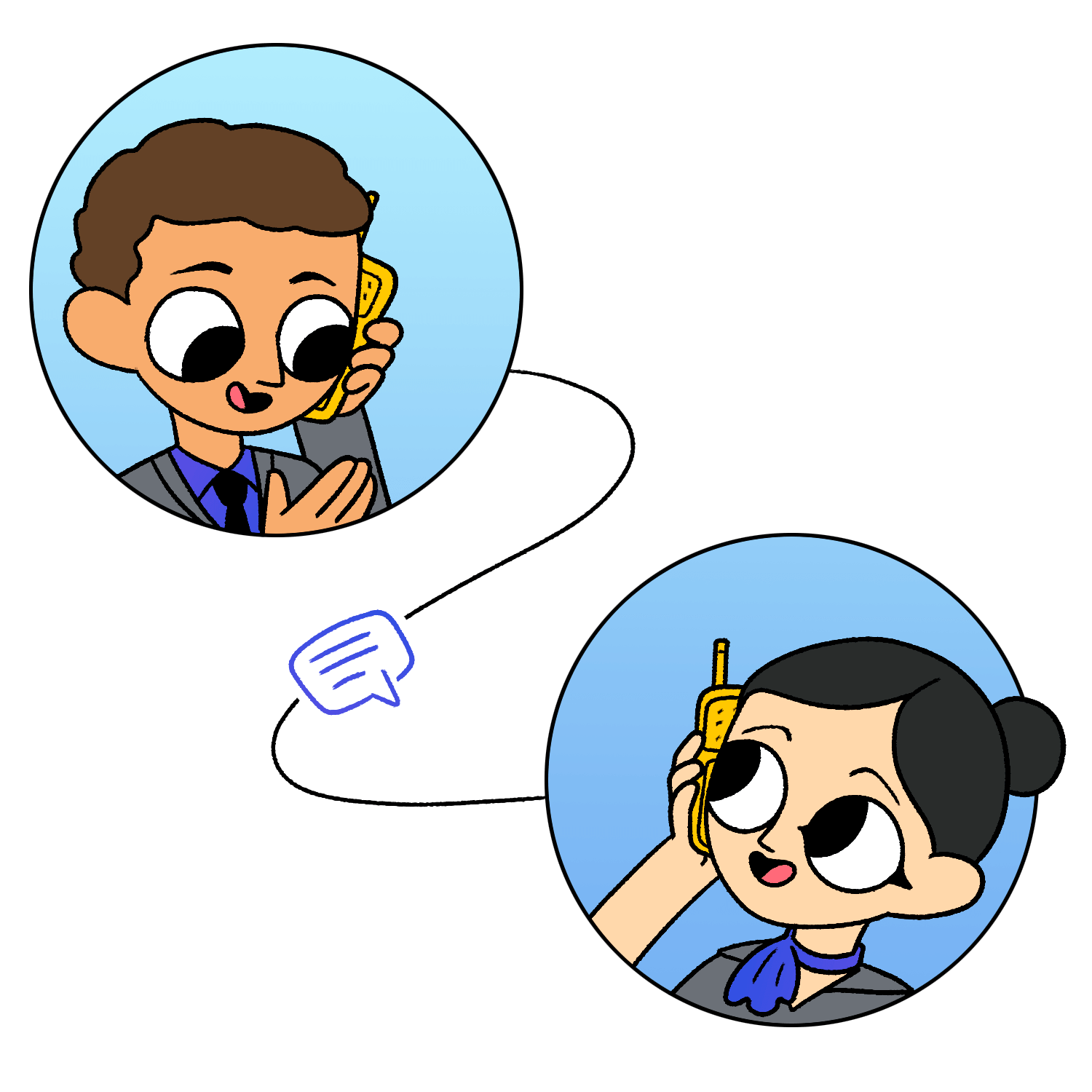





Challenges of employee onboarding working remotely
For the company part of our employee onboarding plan, if we're talking about distributed work, I would highlight a few points.



HR Business Partner at Contek-soft

During employee onboarding process it's necessary to understand what communication channels you use and in what cases: clearly define what you use Slack and each of its channels for, and in what cases you should use email; don't allow any communication channel to be clogged with information or, the opposite, don't allow some information to be omitted.
Let's say we have BambooHR. What do we do there? When and how? All communication channels and information storage locations need to be read and looked at. I'm not saying you should do it all at once, but it needs to be done.
Let's say we have BambooHR. What do we do there? When and how? All communication channels and information storage locations need to be read and looked at. I'm not saying you should do it all at once, but it needs to be done.







Structure
The structure of the company as a whole, the structure of your team (with all roles) and the structure of those teams that would be interacting with you often.
The structure of the company as a whole, the structure of your team (with all roles) and the structure of those teams that would be interacting with you often.
Core values
Communication channels


Keeping a calendar
Maybe this is not very important for positions like a developer. But for positions starting from management, even if it's not C-level, the way you design and manage your calendars is very important.
There should at an agreement between you and your company at all times. What is the format of the calendars? Do you limit them from above and below? In which cases do you schedule a meeting, and in which do you not? This is to make sure that you do not clog someone's calendar or miss something? It's necessary not to forget about the structuring of meetings when keeping a calendar.
There should at an agreement between you and your company at all times. What is the format of the calendars? Do you limit them from above and below? In which cases do you schedule a meeting, and in which do you not? This is to make sure that you do not clog someone's calendar or miss something? It's necessary not to forget about the structuring of meetings when keeping a calendar.

Meeting structures
There should be a document that comprehensively describes what types of meetings you have.
Let's say, daily meetings are needed for this or that, they have a particular agenda, etc;
weekly meetings are for this or that;
if you want to hold a brainstorm, you need to do this or that;
if you want to discuss your decision, you need to do this and so on.
Each type of meeting must be described – this is, conventionally, the language in which you communicate.
It's like the generally accepted practice that it's rude and uncivilized to come into a house and not take off our clothes, it's the same here - it should become our DNA. And that's something many companies don't have yet.
Try to single out a person who can be a friend for the new employee. For an office-based team, it could be a person who would tell you how to brew coffee in a coffee machine. For a remote team, the person could be someone who would write you every two days to ask how things are going and whether you need help. Such a person is a must for a new staff member. It's bad if this role is taken over by the manager. It should be a separate person.
Let's say, daily meetings are needed for this or that, they have a particular agenda, etc;
weekly meetings are for this or that;
if you want to hold a brainstorm, you need to do this or that;
if you want to discuss your decision, you need to do this and so on.
Each type of meeting must be described – this is, conventionally, the language in which you communicate.
It's like the generally accepted practice that it's rude and uncivilized to come into a house and not take off our clothes, it's the same here - it should become our DNA. And that's something many companies don't have yet.
Try to single out a person who can be a friend for the new employee. For an office-based team, it could be a person who would tell you how to brew coffee in a coffee machine. For a remote team, the person could be someone who would write you every two days to ask how things are going and whether you need help. Such a person is a must for a new staff member. It's bad if this role is taken over by the manager. It should be a separate person.




Each type of meeting must be described – this is the language in which you communicate.



Personal friend
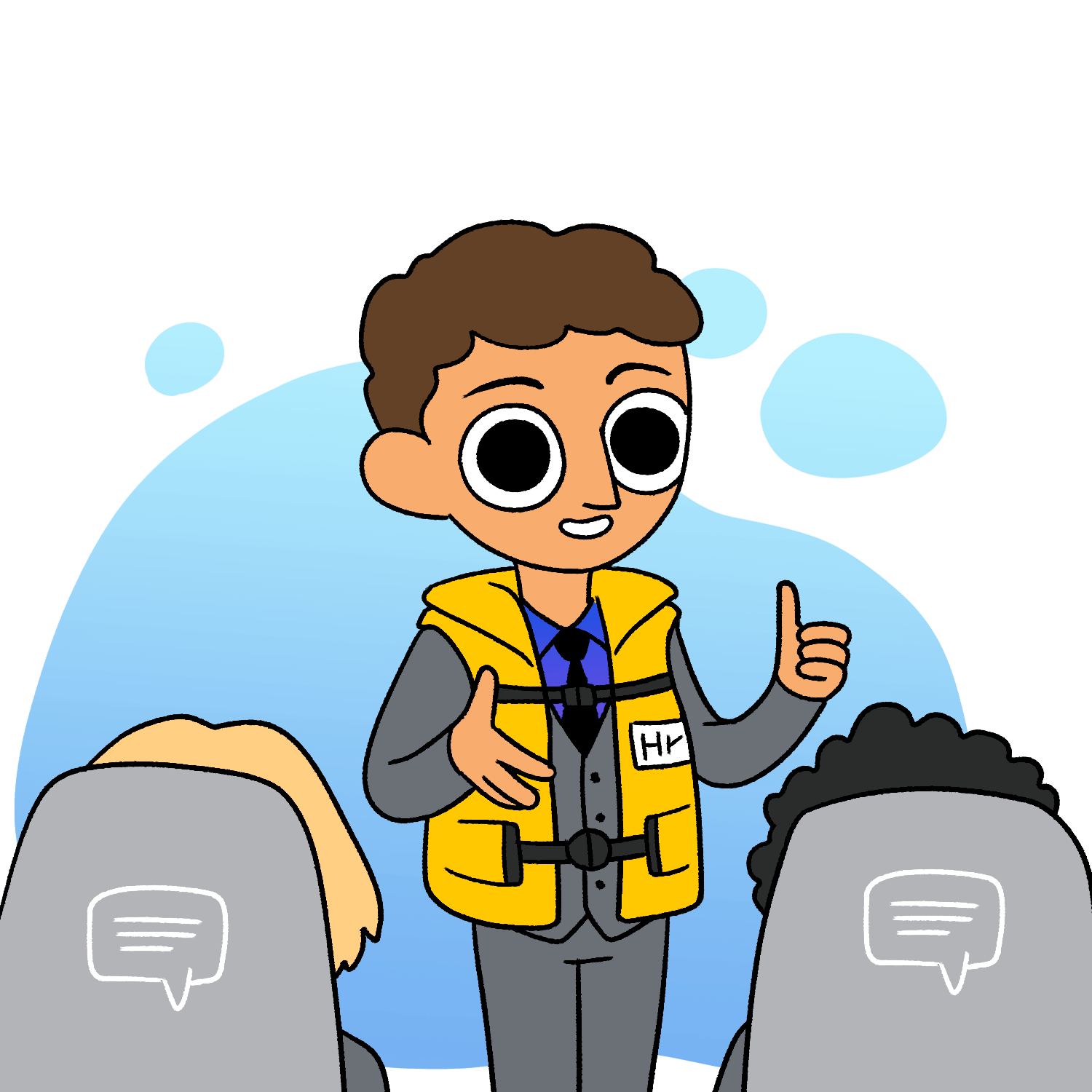





What meetings should be during employee onboarding?


Intro Meeting. The first meeting should be about how the processes in the department are structured, what are the department's KPIs, what are the existing problems and challenges; at the immersion phase, the immediate plans for the employee should be described, there should be description of what would happen, what tasks would be given, and how would his performance be evaluated.

HR director at AppFollow

In the second or third meeting, it's already about immersion into the tasks, the department's processes, who to ask questions if something is unclear; ask if there are any questions (organize QnA).
Then there are regular checkups with the mentor. During the first two to three weeks (depending on the position and the complexity of the tasks that the employee has), mentors call the employee every day for half an hour to see how work is progressing. They ask for any existing problems and what help is needed.
We also have daily standups in writing. Such meetings help a lot in checking whether the employee understands the tasks he's working on and what problems he's facing. We do this through a Slack channel.
We have a self-written bot that reminds you that you need to send a standup report at a particular time. This gives us a complete picture of what the employee is focusing on and where he's stalling. Regular checkups help to fix these problems and enable the employee work efficiently further.
We also have HR checkups. At the initial period, I call the employee once a week. Then from the second month, I call him once every two weeks. This stops with the end of the probation period. But it's a separate process running simultaneously.
Then there are regular checkups with the mentor. During the first two to three weeks (depending on the position and the complexity of the tasks that the employee has), mentors call the employee every day for half an hour to see how work is progressing. They ask for any existing problems and what help is needed.
We also have daily standups in writing. Such meetings help a lot in checking whether the employee understands the tasks he's working on and what problems he's facing. We do this through a Slack channel.
We have a self-written bot that reminds you that you need to send a standup report at a particular time. This gives us a complete picture of what the employee is focusing on and where he's stalling. Regular checkups help to fix these problems and enable the employee work efficiently further.
We also have HR checkups. At the initial period, I call the employee once a week. Then from the second month, I call him once every two weeks. This stops with the end of the probation period. But it's a separate process running simultaneously.








Make the most of your software. Now there are a lot of good software products for any purpose. The main thing is to choose and combine them appropriately.
Even in order to properly organize employee onboarding and give feedback correctly, you can buy the right software and use it at home.
I'm in favor of avoiding manual work as much as possible. Even if you don't like a particular software product, it's a matter of one or two months. But having the "worst" software is better than not having it at all.
Even in order to properly organize employee onboarding and give feedback correctly, you can buy the right software and use it at home.
I'm in favor of avoiding manual work as much as possible. Even if you don't like a particular software product, it's a matter of one or two months. But having the "worst" software is better than not having it at all.
Core values. This issue has been bothering me for the past few years. Many companies have already started to form their core values, but they usually describe them with some general words like "We want to always achieve our goals." Reading the core values of different companies, you realize how similar they are. You can hardly tell the differences between them.
Tell your stories, the simplest cases: how you act in different situations using your core values, and let it be on your website. It shouldn't be for only internal, but also for external use, because a person who gets a job wants to understand whether this company is actually suitable for him.
It can help you a lot in attracting employees or cutting off those you don't need. Tell stories and don't try to generalize too much. Don't delve into philosophical writhing. Just write what it means for you in specific situations.
If you say that you adopt a "people first" approach, then tell us what decision you make when a very good employee is not working well.
If you say that the team and teamwork is the most important advantage, write what you do in cases where you have conflicts in a team and how you resolve them.
Tell your stories, the simplest cases: how you act in different situations using your core values, and let it be on your website. It shouldn't be for only internal, but also for external use, because a person who gets a job wants to understand whether this company is actually suitable for him.
It can help you a lot in attracting employees or cutting off those you don't need. Tell stories and don't try to generalize too much. Don't delve into philosophical writhing. Just write what it means for you in specific situations.
If you say that you adopt a "people first" approach, then tell us what decision you make when a very good employee is not working well.
If you say that the team and teamwork is the most important advantage, write what you do in cases where you have conflicts in a team and how you resolve them.
Core values as a video content.
I really wish that we all would learn not only to write down important information but also to present it via good and useful videos.
It's cool if team members could, without using letters, but rather via a short video, tell everyone not only about the company's core values but also why the company exists and what its mission is. It doesn't always have to be directly related to what you are producing.
For example, if you do develop a software product for doctors, then the answer to your WHY could maybe not literally be "to make good software for doctors", but "to cure as many people on the planet as possible", or maybe "we want everyone to be healthy so that there wouldn't be any need for our software at all".
It would be nice if every company founder if every CEO could tell his vision because this is the person that approves all strategies, budgets, and understands it from the very root. It is always perceived better than any very well written story.
This can be done through short videos. One video may be about the CEO speaking about the mission, another video may be about employees giving their understanding of the company's core values, the third video may talk about the structure of the work, and then short videos featuring the head of the department talking about what they do, and what their mission, goals, and ambitions are.
That's always much better than just having a picture of the organizational structure. In an office setting, I might be able to see the CFO at the kitchen and say hello to him, but in a remote team, there is no such possibility. The only way to feel it is through video content. When you see a person even on video, it will be much easier to ask him a question than if you have not seen him at all. This is human nature.
I really wish that we all would learn not only to write down important information but also to present it via good and useful videos.
It's cool if team members could, without using letters, but rather via a short video, tell everyone not only about the company's core values but also why the company exists and what its mission is. It doesn't always have to be directly related to what you are producing.
For example, if you do develop a software product for doctors, then the answer to your WHY could maybe not literally be "to make good software for doctors", but "to cure as many people on the planet as possible", or maybe "we want everyone to be healthy so that there wouldn't be any need for our software at all".
It would be nice if every company founder if every CEO could tell his vision because this is the person that approves all strategies, budgets, and understands it from the very root. It is always perceived better than any very well written story.
This can be done through short videos. One video may be about the CEO speaking about the mission, another video may be about employees giving their understanding of the company's core values, the third video may talk about the structure of the work, and then short videos featuring the head of the department talking about what they do, and what their mission, goals, and ambitions are.
That's always much better than just having a picture of the organizational structure. In an office setting, I might be able to see the CFO at the kitchen and say hello to him, but in a remote team, there is no such possibility. The only way to feel it is through video content. When you see a person even on video, it will be much easier to ask him a question than if you have not seen him at all. This is human nature.
Transparency.
A person can forget, for example, why and in what cases to use slack. There should be descriptions everywhere and they should be transparent. You shouldn't write volumes. Writing brief descriptions about all the processes at the company is always more useful than not writing at all.
A person can forget, for example, why and in what cases to use slack. There should be descriptions everywhere and they should be transparent. You shouldn't write volumes. Writing brief descriptions about all the processes at the company is always more useful than not writing at all.



HR Business Partner at Contek-soft

Tips from my personal experience:


It all starts with the right recruiting process, the right external marketing. We know that startups don't have a lot of funds for HR branding, but cold search usually works best. At the interview stage, you of course need to check a person for cultural compliance using the right questions.

HR director at AppFollow

That includes checking what the person looks for when choosing an employer, what is important to him, and what his goals are. Certainly, you should ask about what he knows already about the company so that you could understand how interested he is in the company.




Capture your core values and all important information through short videos.
When you see a person even on video, it will be much easier to ask him a question than if you have not seen him at all. This is human nature.
When you see a person even on video, it will be much easier to ask him a question than if you have not seen him at all. This is human nature.







The best apps for employee adaptation


BambooHR
This is our main tool for all HR processes. It's also a properly made handbook, but it can come as a presentation or as a video. The main thing is to make sure it is as informative and interesting as possible.
This is our main tool for all HR processes. It's also a properly made handbook, but it can come as a presentation or as a video. The main thing is to make sure it is as informative and interesting as possible.

HR director at AppFollow

It doesn't have to be a set of rules with a lot of text. It should be interesting to read or watch: it can be examples with pictures, some stories about corporate or team life in the company.
For example, in our handbook, we combined a presentation with a video where Pavel (CTO) did a handstand push-up. It should be interactive and interesting.
The handbook is very important. How it is implemented depends on the imagination of the company or the employee in charge.
For remote work, it will also be most effective to set up electronic signatures so as to avoid exchanging paper documents.
We don't have this problem, we use an electronic signature via BambooHR, but I think most companies still have this problem at the employee registration stage.
For example, in our handbook, we combined a presentation with a video where Pavel (CTO) did a handstand push-up. It should be interactive and interesting.
The handbook is very important. How it is implemented depends on the imagination of the company or the employee in charge.
For remote work, it will also be most effective to set up electronic signatures so as to avoid exchanging paper documents.
We don't have this problem, we use an electronic signature via BambooHR, but I think most companies still have this problem at the employee registration stage.


Let us tell you something more about software for employee onboarding process!
Features:
• Works on any Device
Designed to complete all forms quickly and efficiently from any smart-enabled device.
• Onboarding Paperwork
Digitally completed and store all standard federal forms and any custom forms in a secure, web-based platform. Your new filing cabinet!
• Automatic Reminders
Reminders are automatically sent out to employees who have not completed their forms with increasing urgency and frequency.
• Phone Camera Upload
Optical Character Recognition (OCR), scans, and transcribes identity verification documents and all certifications can be uploaded from a phone.
• Fingertip Signature
Best in class eSignatures allows employees to sign forms with their fingers on mobile devices including timestamp and IP address.
• Advanced Reporting
Run reports on employee data down to the field level. Data can easily be exported or integrated to other systems using our open API.
• Works on any Device
Designed to complete all forms quickly and efficiently from any smart-enabled device.
• Onboarding Paperwork
Digitally completed and store all standard federal forms and any custom forms in a secure, web-based platform. Your new filing cabinet!
• Automatic Reminders
Reminders are automatically sent out to employees who have not completed their forms with increasing urgency and frequency.
• Phone Camera Upload
Optical Character Recognition (OCR), scans, and transcribes identity verification documents and all certifications can be uploaded from a phone.
• Fingertip Signature
Best in class eSignatures allows employees to sign forms with their fingers on mobile devices including timestamp and IP address.
• Advanced Reporting
Run reports on employee data down to the field level. Data can easily be exported or integrated to other systems using our open API.
Workbright: first mobile app onboarding
Features:
• First-day welcoming
A fully customizable onboarding solution gives you all the tools you'll ever need to make it a great first day for your new employees.
• Documents managing
You can easily manage all your documents and files from one central location with our HR database.
• Requests management
Easy way to request time off or emergency paid sick leave and have their managers approve it. GoCo automatically keeps track of accruals, max balances, and all other aspects of your company's PTO policy.
• Customizable reports
GoCo's reporting tools offer a simple and intuitive interface to slice and dice to your heart's content.
• Perfomance tracking
You can monitor performance, take action, and get ahead of any concerns.
• Org chart
View and discover the structure of your company using an interactive org chart. Easily find team members or departments on the org chart with instant search that updates the org chart in real-time.
• Offboarding Process
Automated workflows feature makes it easy to manage tasks related to employee offboarding, from e-signing necessary documents to alerting team members.
• First-day welcoming
A fully customizable onboarding solution gives you all the tools you'll ever need to make it a great first day for your new employees.
• Documents managing
You can easily manage all your documents and files from one central location with our HR database.
• Requests management
Easy way to request time off or emergency paid sick leave and have their managers approve it. GoCo automatically keeps track of accruals, max balances, and all other aspects of your company's PTO policy.
• Customizable reports
GoCo's reporting tools offer a simple and intuitive interface to slice and dice to your heart's content.
• Perfomance tracking
You can monitor performance, take action, and get ahead of any concerns.
• Org chart
View and discover the structure of your company using an interactive org chart. Easily find team members or departments on the org chart with instant search that updates the org chart in real-time.
• Offboarding Process
Automated workflows feature makes it easy to manage tasks related to employee offboarding, from e-signing necessary documents to alerting team members.
GoCo: all-in-one HR management tool







Standuply is a small meeting app that can easily help you with employee onboarding too!
Here's what we can do:
Here's what we can do:
• Asynchronous standup meetings on Slack
Run asynchronous standup meetings via text, voice/video and track team performance.
• Video/voice Messages on Slack
Video and voice messages are the best way to deliver information so that the employee can keep it. Unlike a call, a voice message can always be re-listened to by hearing the voice of a remote manager once again!
• Track and Share Team Goals via Slack
Share team goals with everyone on Slack by integrating Standuply with tools you use. As a goal tracker, it shares data from JIRA, Google Analytics, Trello, Github to keep the whole team on same page.
• One-on-One meetings via Slack
A one-on-one meeting is used to keep track and improve the personal development of each team member. Their tasks, goals, as well as their personal growth or obstacles - it's all about them!
• Run 360-degree feedback via Slack-based asynchronous surveys
360-degree feedback helps to track the motivation and satisfaction levels of every individual in the company.
• Team motivation check-up
View and discover the structure of your company using an interactive org chart. Easily find team members or departments on the org chart with instant search that updates the org chart in real-time.
• Feedback on tasks
When people work too much on boring tasks, they become demotivated. Track your team feelings about their tasks, and if you feel that someone starts feeling low about her task, it's time to get involved and solve this issue in the next one-on-one meeting.










Best tips for sucessful employee onboarding from HR managers


The main goal of a properly organized employee onboarding is for the employee to integrate into the company's culture, product, and into his tasks as efficiently as possible. This is to ensure that employee is motivated, and reaches full productivity.

HR director at AppFollow
Employee onboarding process is very important and necessary.
It can be improved in any company.
The main thing is to ensure that everyone has an understanding of the goals of the onboarding process.
It can be improved in any company.
The main thing is to ensure that everyone has an understanding of the goals of the onboarding process.







HR Business Partner at Contek-soft


Pay attention to team trust and culture in order to avoid people leaving during the probation period and to reduce employee turnover.

HR director at AppFollow
The culture of open feedback.
If we allocate some time for personal communication with a person, this would help him achieve higher productivity, which could work for everyone's benefit. Sometimes sitting down for a cup of tea with someone from a nearby team could be very, very helpful. You talk about that person's team members in order to better understand what's happening with your own team. A mirror-like approach, so to speak.
If we allocate some time for personal communication with a person, this would help him achieve higher productivity, which could work for everyone's benefit. Sometimes sitting down for a cup of tea with someone from a nearby team could be very, very helpful. You talk about that person's team members in order to better understand what's happening with your own team. A mirror-like approach, so to speak.





HR Business Partner at Contek-soft


Pulse survey. Now we do it with the help of personal communications and one-on-ones. We'll also try Standuply. This is crucial during onboarding process, but it is also very important when measuring, for example, pay engagement.

HR director at AppFollow
Consult
If the company doesn't have HR managers who love their job and love people, don't be afraid to consult with outside HR managers. This will help solve many problems that you cannot even predict at the beginning. In HR and marketing, no matter how much you learn, everyone would think that they know everything like you do. The HR sphere is always growing and developing, and there are always new practices that could make your work easier.
If the company doesn't have HR managers who love their job and love people, don't be afraid to consult with outside HR managers. This will help solve many problems that you cannot even predict at the beginning. In HR and marketing, no matter how much you learn, everyone would think that they know everything like you do. The HR sphere is always growing and developing, and there are always new practices that could make your work easier.





HR Business Partner at Contek-soft
Configure the operating system in such way that you wouldn't come back to it again (registration, documents collection, etc.). If you set it up effectively once, you can then forget about it.
Onboard interactively.
Focus on the creative aspects. Don't just throw somebody overboard hoping that a person would learn everything by himself. Employee onboarding process should be as interactive and visually appealing as possible, with the involvement of mentors (or managers if there are no mentors). You always need to work on this and keep the creative part in mind. The new recruit should be genuinely involved in this.
It shouldn't look like as something boring, like someone given a stack of sheets to read, and a person doesn't know the most important thing to pick.
Onboard interactively.
Focus on the creative aspects. Don't just throw somebody overboard hoping that a person would learn everything by himself. Employee onboarding process should be as interactive and visually appealing as possible, with the involvement of mentors (or managers if there are no mentors). You always need to work on this and keep the creative part in mind. The new recruit should be genuinely involved in this.
It shouldn't look like as something boring, like someone given a stack of sheets to read, and a person doesn't know the most important thing to pick.





Get the whole guide in a PDF file to read it later.
Enter your email where you want us to send it.
Enter your email where you want us to send it.
We never spam or sell your data. By clicking you agree to our Privacy Policy.
- What is onboarding process?
- Why does employee onboarding process matter?
- How to implement an onboarding plan?
- Introversion in employee onboarding. Problem or not?
- Offline → Online
- Professional onboarding
- How to onboard remote employee?
- Meeting structure during onboarding
- Software for employee onboarding
- Best practices in employee onboarding

